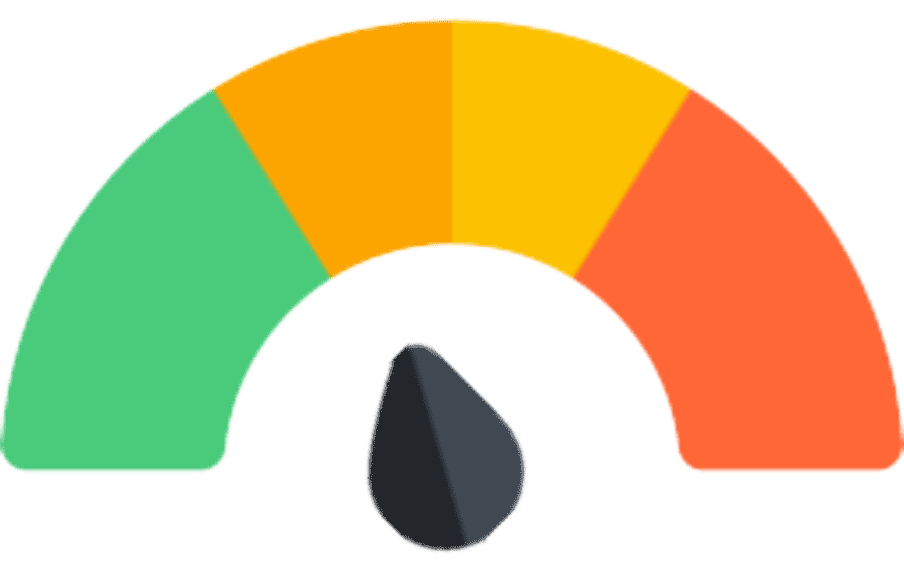ENDOXIFEN
THERAPEUTICS
brands
Class
- Neuroscience-based Nomenclature: Protein Kinase C (PKC) Inhibitor
- PKC Inhibitor (Direct Protein Kinase C inhibitor, potential mood stabilizer, antimanic agent, therapeutic option for bipolar I disorder, adjunct in mood disorders, novel biochemical target)
ENDOXIFEN commonly prescribed for
(Bold for FDA approved)
 How ENDOXIFEN works
How ENDOXIFEN works
• Endoxifen targets overactive PKC (Direct inhibition of Protein Kinase C) pathways, particularly in the prefrontal cortex, which are implicated in bipolar mania, impulsivity, and cognitive dysfunction.
• By inhibiting PKC, endoxifen reduces excessive neurotransmitter release and overactive synaptic signaling, alleviating manic symptoms and stabilizing mood.
• Endoxifen's modulation of PKC pathways may enhance prefrontal cortical functioning, improving symptoms such as distractibility, impaired judgment, impulsivity, and emotional dysregulation.
• Unlike its parent molecule tamoxifen, endoxifen bypasses cytochrome P450-mediated metabolism, minimizing interindividual variability due to genetic polymorphisms and drug interactions.
• PKC inhibition has been associated with reduced substance craving and improved reward pathway regulation, offering potential therapeutic benefits in comorbid substance use disorders.
How long until ENDOXIFEN works
• Mania and Related Symptoms
• Manic symptoms: Endoxifen is particularly effective in reducing and often eliminating acute manic symptoms in bipolar I disorder, as demonstrated in clinical trials and real-world usage.
• Impulsivity and behavioral symptoms: Endoxifen can reduce impulsive behaviors and stabilize mood, especially in bipolar patients with significant aggression or affective instability.
• Psychotic features: For bipolar disorder with psychotic symptoms, Endoxifen helps mitigate psychotic and cognitive symptoms by modulating overactive neuronal signaling.
• Response rates:
• Many patients experience a 50% or greater reduction in manic symptoms during treatment.
• A small subset of patients may achieve long-term functional recovery, improving their quality of life and allowing them to live independently or engage in meaningful activities.
• Treatment duration:
• Continue treatment until reaching a plateau of improvement. For first manic episodes, maintain treatment for at least 1 year after stabilization.
• For recurrent manic episodes, treatment may need to be indefinite to prevent relapses.
• Maintenance therapy: Endoxifen’s effectiveness in stabilizing mood makes it a valuable option for long-term maintenance therapy, preventing further manic episodes.
SIDE EFFECTS
 Notable Side Effects
Notable Side Effects
• Headache
• Insomnia
• Restlessness
• Gastrointestinal distress, including nausea, gastritis, and epigastric discomfort
• Vomiting
• Diarrhea
 Life Threatening Side Effects
Life Threatening Side Effects
• Rare Neuropsychiatric Symptoms
• Severe emotional dysregulation, including potential exacerbation of suicidal ideation, though evidence is limited.
• Allergic Reactions Rare hypersensitivity reactions, including rash or angioedema.
• Hepatotoxicity Though not commonly reported, long-term use warrants regular liver function monitoring to prevent undetected hepatotoxicity.
• Cardiac Risk (Theoretical) Endoxifen is not associated with QT prolongation; however, patients with pre-existing cardiac conditions should be monitored.
• Long-Term Safety Concerns Data on cumulative dosing effects, including the potential for neurotoxicity or other rare adverse events, is still emerging.
weight gain

unusual
sedation

not usual
What to do about ENDOXIFEN side effects
• Wait
• Wait
• Wait Use proton pump inhibitors (PPIs) or antacids for gastritis or epigastric discomfort. Adjust dosing schedule (e.g., taking Endoxifen after meals) to reduce nausea or vomiting. Consider benzodiazepines for short-term management of restlessness or sleep disturbances. acetaminophen or ibuprofen for headache
DOSING AND USE
usual dosage range
• Acute Mania/Mixed Mania (Bipolar I Disorder): 8 mg once daily
• Maintenance Therapy in Bipolar Disorder: 4–8 mg once daily
• Impulsivity and Behavioral Dysregulation (Off-label): 4–8 mg once daily, based on symptom severity.
 Dosage Forms
Dosage Forms
• Tablet: 4 mg, 8 mg
long term use
• Endoxifen is effective for long-term stabilization in bipolar disorder, especially to prevent recurrences of manic or mixed episodes.
• The long-term usefulness of Endoxifen should be periodically reassessed in individual patients. In many cases, treatment may need to continue indefinitely to sustain mood stabilization and prevent relapses.
habit forming
• No
SPECIAL POPULATIONS
 Renal Impairment
Renal Impairment
• Mild to moderate impairment (creatinine clearance <30 mL/minute): no dose adjustment necessary
• Severe or end-stage: Use is not recommended due to limited safety and pharmacokinetic data.
 Hepatic Impairment
Hepatic Impairment
• Mild to Moderate Impairment (Child–Pugh Score 5–9): No dose adjustment is required; however, regular liver function monitoring is advised.
• Severe Impairment (Child–Pugh Score >9): Use is not recommended.
 Cardiac Impairment
Cardiac Impairment
• Limited Data: Use with caution in patients with cardiac impairment due to the potential risk of orthostatic hypotension.
 Elderly
Elderly
• Elderly patients may tolerate lower doses better, and dosing should start at the lower end of the range.
 Children and Adolescents
Children and Adolescents
• Safety and Efficacy: Not established for pediatric use.
 Pregnancy
Pregnancy
• Controlled Studies: No controlled studies have been conducted in pregnant women.
• Animal Studies: Insufficient data is available to assess teratogenicity or developmental risks.
 Breast Feeding
Breast Feeding
• Unknown if Endoxifen is secreted in human milk, but psychotropic medications are generally assumed to be excreted.
Based on data Published online by Cambridge University Press
Compiled by Dr. Jash Ajmera